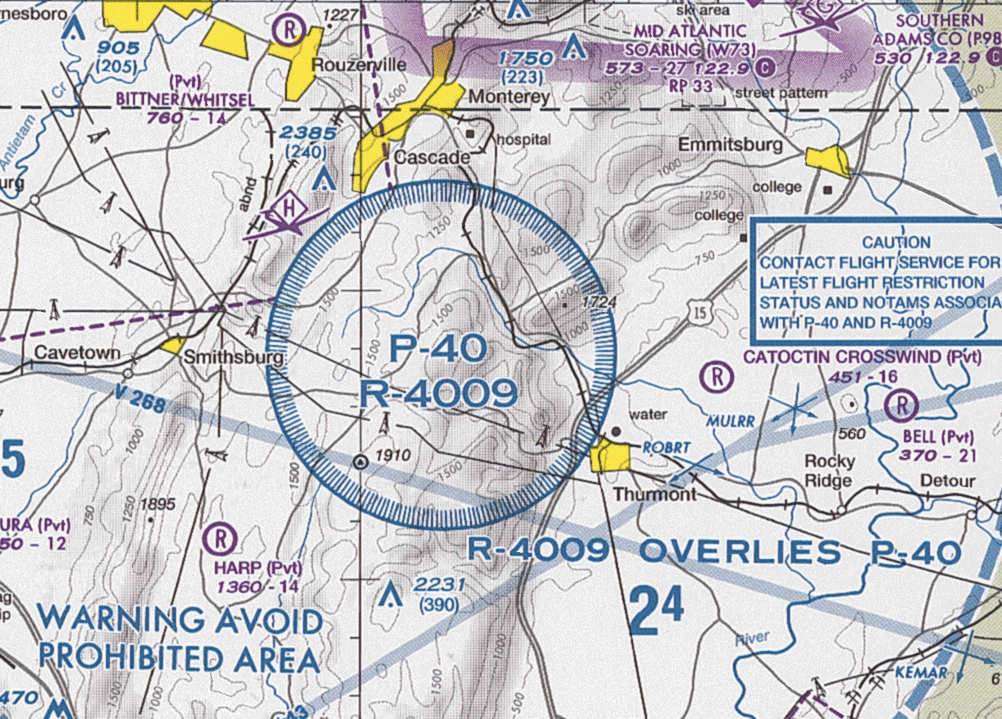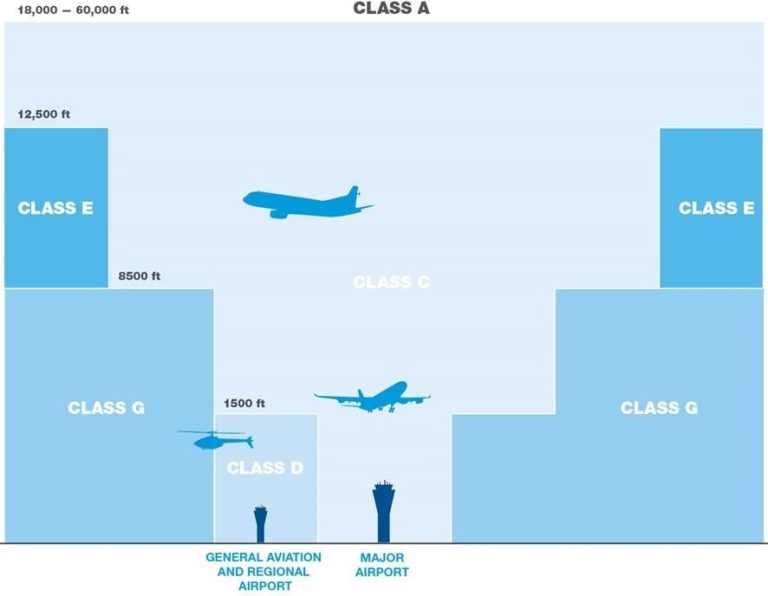class g airspace australia
Aircraft are not permitted to fly in Class A airspace. Above 10000ft MSL the requirements are 5 SM visibility and cloud clearance of 1000ft above 1000ft below and 1 SM horizontally.

Vmc In Australian Airspace Youtube
All of the Classes of airspace except Class G are controlled airspace.

. SOP 1802AS - Project SS 1603 Page 4 5. If outside VHF range a listening watch should be maintained on the relevant HF frequency. Authorised by No of pages Effective date.
Metropolitan Class D formerly GAAP aerodromes do not require a Departure Report. GFA Operations Panel 44 including cover 01032018. Note 2 SVFR means Special Visual Flight Rules and is dealt with in subregulations 172 4 and 5 of CAR 1988.
Most RPAS Drone operations are conducted in Class G General Uncontrolled but some visual line of sight VLOS operations can be conducted in Class. We pay our respect to them and their cultures and to the elders past and present. Note 3 Subregulation 258 1 of CAR 1988 provides that the pilot in command of the aircraft must not fly over water at a distance from land greater than the distance from which the aircraft.
The AIP and CAAP 166-01 guidance will be appropriately updated regarding. Class A airspace is the airspace from 18000 feet mean sea level MSL up to and including flight level 600. Generally base 8500 ft AMS Surrounding or overlying some CTR Some low-level terminal airspace when the associated TWR is closed.
Operation in class A airspace must be conducted under instrument flight rules IFR except in very specific. Airspace which is not defined as controlled airspace is non-controlled In Australia there are five classes of controlled airspace A C D E and GAAP and one non-controlled class G. Related Article Class G Airspace Explained.
CASA will ensure that all aerodromes in the Airservices Australia database will be published on aeronautical charts unless verified that they no longer exist or where. Within continental Australia outside radar coverage above FL180 where Class A base is FL245 Within radar coverage in specifc locations or corridors under Class C or Class A airspace. In Australia these range from Class A typically en route high level airspace to Class G uncontrolled airspace predominantly used by light aircraft.
We acknowledge the traditional owners of the country throughout Australia and their continuing connection to land sea and community. More information on classes of airspace is available. The service provided by air traffic controllers depends on the class of airspace and there are three broad types.
The following airspace contained within the Flight Information Regions indicated hereunder in Attachment A which is not otherwise declared as Class A Class C Class D Class E GAAP Control Zone Prohibited Area or Restricted Area is declared Class G Airspace in accordance with Annex 11 to the Chicago Convention. CASA continues to work with Airservices Australia to incorporate all aerodromes that have been allocated an ICAO four-letter code eg. Gliding in Australia is subject to the Civil Aviation Act Civil Aviation Regulations.
In Australia operating in Class G airspace at or above 5000 feet AMSL VHF radio is mandatory AND pilots should maintain a listening watch on the appropriate VHF frequency for the area. YADY onto WAC VNC and VTC charting products whilst. Find out about airspace regulations and the equipment you need for communication and navigation.
If you have been directed to contact Centre Approach or Departures after becoming. ATC service traffic information about VFR flights. 114 Airspace standards 5 12 Class G Airspace 5 121 Description of Australian Class G airspace 5 122 History of change to Class G airspace 6 123 Safety issues associated with current Class G airspace 7 124 Cost of directed traffic information 10 125 Compliance with ICAO requirements 10 126 Comparison with overseas systems 11.
CONSULTATION DRAFT FOR FREQUENCY USE IN CLASS G AIRSPACE. Australia uses five of the ICAO standard airspace classes A C D E and G. 1988 Civil 1988.
Note 1 VFR. This includes the airspace within 12 nautical miles from the coast of the 48 contiguous states and Alaska. Page 5.
Class A Airspace. Updated 263 Class E Airspace and 264 Class G airspace. At night in Class G between 1200 AGL and 10000ft MSL the visibility and cloud clearance are the same as Class CD.
The only exceptions for the requirement to provide a Departure Report are. The reporting flight planning and operational requirements of your flight can vary significantly depending on what class of airspace you will be. If you are a VFR aircraft and are departing the Class D Control Zone directly into Class G airspace.
Simplify the content with the AIP relating to the selection of radio frequency when operating in Class G airspace and at non-controlled aerodromes. Airspace which is not Class AE. 200 kt IAS at or below 2500 ft AAL within 4 nm of the primary Class D aerodrome see note 3 250 kt IAS in the remaining Class D airspace.

3 Airspace Classes Courtesy Of U S Department Of Transportation Download Scientific Diagram

Interior Of Block Island Southeast Lighthouse Tower

How To Memorize Airspace In 5 Minutes Youtube

Australian Airspace Classification System

This Is How Class G Airspace Works Boldmethod
Controlled Airspace Overview Pilot Practice Exams Com

This Is How Class G Airspace Works Boldmethod

Class G Airspace Explained Boldmethod

The Two Main Classifications Of Airspace
Controlled Airspace Overview Pilot Practice Exams Com

This Is How Class G Airspace Works Boldmethod

Airspace Classes Types Of Airspace Classes And How They Are Defined Atp Flight School

